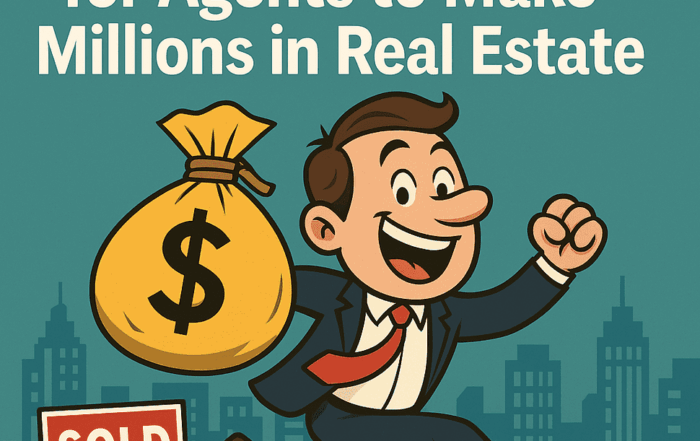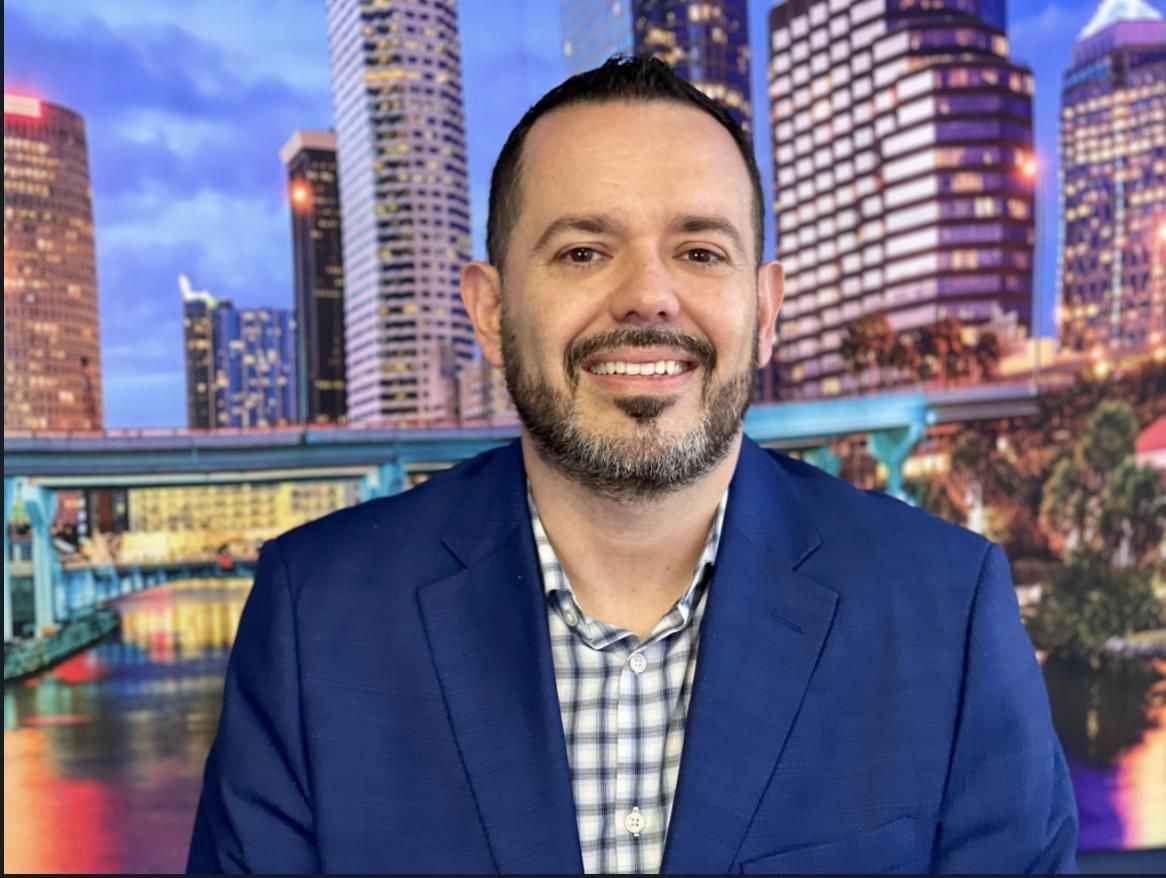
Imagine buying a rental property and finding out that your mortgage is eating up all your profits. Even worse, you might have to feed the property with extra cash each month. That nightmare scenario has a name: negative leverage in real estate. If your loan costs more than your property earns, you’re in negative leverage. For example, a 7% loan on a property yielding 5% means you’re losing money on that debt.
Let’s break it down simply:
-
Positive Leverage: Your property’s return (say 10%) is higher than your loan interest (say 6%). You earn the 4% difference as profit on the bank’s money. Your leverage is working for you!
-
Negative Leverage: Your property’s return (maybe 5%) is lower than your loan cost (maybe 7%). The bank’s money is costing you more than it’s making you. Your cash-on-cash return drops because debt payments eat up the income.
In other words, with positive leverage you get a boost, and with negative leverage you get a bruise. Negative leverage means each borrowed dollar is actually dragging down your overall returns.
How Does Negative Leverage Happen?
So how do investors end up in negative leverage territory? It usually doesn’t happen on purpose (nobody wakes up saying “I want less profit, please”). Here are a few common causes:
-
High Interest Rates + Low Cap Rates: When interest rates rise but property yields (cap rates) stay low, deals can turn upside-down. For instance, buy a rental at a 4% cap rate with a 6% mortgage, and you’re upside-down on day one. The math just won’t work in your favor because the debt is too expensive relative to the income.
-
Overleveraging (Too Much Debt): Using too high a loan-to-value can push you over the edge. If your mortgage payments balloon beyond what the rent can cover, you’re in trouble. I’ve seen investors chase one too many cash-out refis without watching their debt coverage and end up buried in debt – that’s negative leverage, and it’ll eat you alive.
-
Low or Unstable Income: If the property’s income falls short – maybe due to unexpected vacancies or overestimated rent – you can land in negative leverage. Perhaps you counted on future rent hikes or a big value-add that got delayed. If those assumptions don’t pan out, you’re stuck with a high-cost loan but not enough coming in. It’s like counting chickens before they hatch and ending up with a bunch of duds.
Why Negative Leverage Is a Problem
Negative leverage isn’t just a fancy term – it has real bite. Here’s why it’s such a big deal:
-
Cash Flow Crunch: With negative leverage, your property might barely break even on cash flow or even go negative. That means no padding for repairs or vacancies, and you might have to dip into your own pocket to cover the mortgage. (Trust me, feeding your investment property every month gets old fast.)
-
Lower Return on Equity: The whole point of leverage is to improve your returns or buy more assets with limited cash. Negative leverage flips that script – your return on equity (ROE) actually drops (or turns pretty pathetic). You might’ve been better off investing less money or none at all. Your equity is basically snoozing or, worse, drowning.
-
Increased Risk: If you’re operating at a loss or on razor-thin margins, one hiccup (a surprise repair, a few months of vacancy, etc.) can turn into a crisis. When debt is eating most of your income, there’s no cushion for the unexpected. It’s a stressful way to live – like walking a tightrope without a safety net.
Bottom line: negative leverage is usually a sign something’s off in your investment strategy or the deal’s structure. It hurts your financial fitness and dilutes your wealth-building potential. But don’t worry – now that we’ve diagnosed the issue, let’s talk about how to nurse your investment back to health.
Real Estate Math: An Example of Negative Leverage
Alright, time for a quick number-crunch (I promise it’s painless). Sometimes a simple example makes it crystal clear how negative leverage works.
Scenario: You buy a rental property for $100,000 that generates a net operating income (NOI) of $6,000 per year (that’s a 6% unleveraged return, a 6% cap rate).
-
If you bought it all-cash (no mortgage), you’d get $6,000 per year, which is a 6% cash-on-cash return. Not bad.
-
Now suppose you only put $20,000 down and took an $80,000 loan at 8% interest (interest-only, to keep math simple). The annual interest on that loan is $6,400.
Now check your cash flow:
-
Income = $6,000 NOI.
-
Interest expense = $6,400.
-
Cash flow after debt: $6,000 – $6,400 = –$400 (a $400 loss for the year).
You invested $20,000 of your own money, and instead of it earning something, it’s losing $400 a year while you do all the landlording work. That’s a negative cash-on-cash return of –2% (a $400 loss on $20k). Meanwhile, had you not borrowed at all, you’d be making +6%. This is negative leverage in action – using the loan made things worse.
What if the interest rate was 4% instead of 8%? Then the yearly interest on that $80k loan drops to $3,200. Your cash flow after debt becomes $6,000 – $3,200 = $2,800. That’s a 14% return on your $20k. In this case, using leverage actually improves your returns – that’s positive leverage in action.
Quick Tip: Always run these numbers before you take on a loan. If the deal only works with unrealistically cheap debt or by hoping the “rent fairy” shows up, you might want to pass or re-negotiate. As I often say, track your leverage like a hawk – know your cost of capital and expected return before you borrow.
How to Fix Negative Leverage
If you find yourself stuck in a negative leverage deal, don’t panic – the good news is you can turn it around. Here are some strategies, drawn from my experience at Graystone Investment Group, to fix or exit a negative leverage situation:
-
Increase the Property’s Income (Boost the NOI): The most straightforward fix is to make the property produce more cash.
-
Raise the Rents: If your rents are below market, consider bumping them up (within reason and legal limits, of course). Every extra dollar in rent goes straight to improving your cap rate and can help flip you back into positive leverage territory.
-
Add Value: Can you upgrade the units to charge more, add paid amenities (storage, parking, laundry), or cut unnecessary expenses? A little value-add magic can increase NOI. Upgrades or improvements that justify higher rent will boost your income and your property value.
-
Better Management: Sometimes tightening up on property management makes a world of difference. Improve tenant screening, reduce vacancy time, and trim any wasteful expenses. Every dollar of extra NOI helps cover that debt and improve your situation.
-
-
Refinance or Restructure the Debt: If a high interest rate is the culprit, attack it directly.
-
Refinance at a Lower Rate: Keep an eye on market rates. If they drop from when you first got your loan, refinancing could lower your debt cost and instantly improve your cash flow. Even a drop of a couple percentage points can rescue your deal.
-
Extend the Loan Term: If you’re on a short-term or interest-only loan coming due, see if you can refinance into a longer-term mortgage. Stretching out the loan (say, from a 5-year to a 30-year term) can lower the monthly payment and ease the cash flow crunch.
-
Bring Extra Cash to the Table: This one stings, but you (or a partner) might inject some cash to pay down the loan. Lower debt means lower interest payments. Yes, it’s de-leveraging, but it can pull you out of a tailspin. Think of it like stabilizing a wobbly ship by throwing some cargo overboard. Just be sure it makes sense for your long-term returns.
-
-
Reposition Your Equity (Cash-Out or 1031 Exchange): Sometimes the best move is to move your money into a better deal. If the numbers just aren’t working, consider these options:
-
Sell the Property and Reinvest: Cash out and move your equity into a deal with better fundamentals. (Consider using a 1031 exchange to defer capital gains taxes, so more of your money goes into the next property.) For example, an investor of ours sold a duplex with tons of equity but only a 3% ROE, and 1031-exchanged into a triplex with much stronger income. Her annual cash flow jumped from $6,000 to $15,000, boosting her ROE to ~7.5%.
-
Cash-Out Refi & Buy More: If you prefer to keep the property but want to free up equity, you can refinance and pull out cash to invest in additional properties. I once helped an investor refinance a rental and pull out about $150k, which he used as down payments on two more rentals. His annual cash flow jumped from $7,500 to $22,500, and his ROE climbed from 3% to ~9%. By redeploying idle equity, he turned one underperformer into two new income streams without adding any new money out-of-pocket.
-
Portfolio Shuffle: If you own multiple properties, regularly evaluate each one’s performance. I do this often. If a property isn’t carrying its weight, consider selling it and moving that equity into a better deal. This constant optimization ensures every property in your portfolio either carries its weight or gets replaced. (It’s not personal – it’s just smart investing.)
-
-
Improve, Then Refi (Think BRRRR): If selling is premature and the property has potential, treat it like a mini-BRRR. Rehab or upgrade the property to boost value and income, then refinance into a better loan. It’s like giving the deal a second life. Many investors use BRRRR from the start to create equity and cash flow – you can also use it mid-stream to rescue a faltering deal.
-
Practice Smart Leverage Going Forward: Treat this experience as a lesson and plan for positive leverage from the outset:
-
Stress-Test Your Deals: What if interest rates tick up? What if rents come in lower than expected? Make sure you’d still be okay. I like to stress test my rentals by seeing if I could handle a drop in rent or a bump in expenses and still not go underwater.
-
Don’t Over-Leverage: Use your equity, but don’t pull out every last penny unless you have a high-confidence plan for it. Balance is key – you want growth without ending up cash flow negative. In other words, don’t let FOMO drive your refi decisions. Leverage is powerful, but only when used judiciously.
-
Keep Debt < Cash Flow: Make sure your debt payments stay lower than the cash flow****. It sounds obvious, but in boom times people get too optimistic. Stick to fundamentals: if a deal only works with overly rosy assumptions, walk away.
-
Final Thoughts: Keep Leverage Working For You, Not Against You
Negative leverage in real estate is a silent killer of returns, but once you shine a light on it, you can beat it. The key is to stay proactive and vigilant:
-
Stay on Top of Performance: Don’t get complacent just because a property went up in value. Regularly ask yourself, “Is my equity doing the best it can?” If not, take action (refinance, reposition, etc.).
-
Adapt to Market Changes: Remember, smart investing is not set-it-and-forget-it. Keep an eye on your cost of money vs. your returns – interest rates and markets change, so be ready to adjust.
On the flip side, when you get leverage right, it’s a beautiful thing. I often say I treat each property like a soldier in my wealth-building army: if it doesn’t cash flow or build equity, it gets replaced. That discipline has helped me scale up while avoiding the negative leverage trap.
Ready to turn your underperforming investments into high performers? Don’t hesitate to reach out for a personalized game plan. I’ve spent 20+ years helping investors navigate these challenges, and sometimes a quick strategy session can save you a lot of time and money.
Happy investing!
– Jorge Vazquez
CEO, Graystone Investment Group | Real Estate Investor & Coach
Schedule a call with me and let’s talk about your real estate goals. Graystoneig.com/ceo
Pick your expert. Book your free 15-minute consult now. We are here to help!
Our Top Articles
Why You Should Sell Your Deals with Us
Let’s keep it real—wholesaling ain’t easy. You lock up a deal, hustle to find a [...]
Landlords, Listen Up: Florida’s A+ Economy Is Coming—Here’s Why 2025 Still Makes Sense
Florida’s A+ Economy in 2026: What This Means for Landlords, Renters, and Real Investors Like Me By Jorge Vazquez, [...]
What It Really Takes for Agents to Make Millions in Real Estate
What It Really Takes for Agents to Make Millions in Real Estate Inspired by a Fellow Featured Agent—Kat Palmiotti [...]
Property Profit Academy:
✔ Learn to buy properties with little to no money down.
✔ Build a $10M portfolio step by step.
✔ Master strategies like BRRRR and house hacking.








